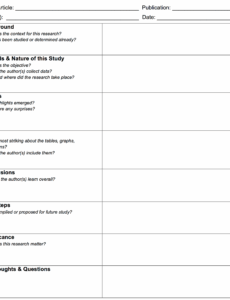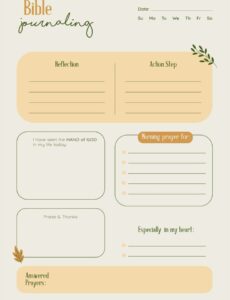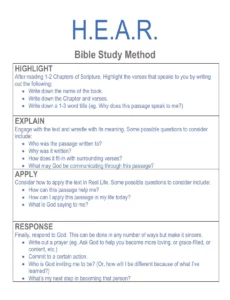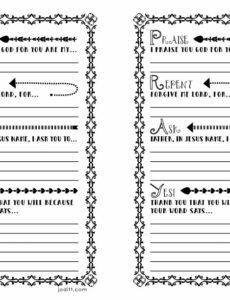There’s a special kind of joy that comes from tending to a garden, watching tiny seeds sprout into vibrant life, and harvesting your own fresh produce. But amidst the beauty, gardening can also be a puzzle. When did you plant those tomatoes last year? Which fertilizer worked best for your cucumbers? Why did your basil suddenly wilt? Keeping all these details in your head can be a monumental task, especially as your garden grows and evolves.
Imagine having a trusted companion that remembers every success, every challenge, and every tiny detail of your gardening journey. That’s precisely what a garden journal offers. It transforms your observations into actionable insights, helping you learn from your experiences and plan for even more bountiful harvests in the future. And the best part? You don’t have to start from scratch; a well-designed keeping a garden journal template can make the process incredibly easy and effective.
What to Include in Your Garden Journal Template
A truly useful garden journal goes beyond just jotting down planting dates. It becomes a comprehensive record of your garden’s life, helping you track progress, identify patterns, and make informed decisions. Think of it as your garden’s personal biography, filled with triumphs and lessons learned. When you’re crafting or selecting a template, consider sections that will capture the essential information you’ll want to reference later.
Start with the basics. Every entry should begin with the date, of course, but then delve into specifics like the plant’s name, its variety, and where you acquired it. Was it from a seed packet, a nursery start, or a friend’s cuttings? Knowing the source can sometimes be key to understanding its performance. Don’t forget to note the exact planting date and location within your garden, whether it’s in a raised bed, a container, or directly in the ground.
Essential Sections for Your Template
- Date of Entry
- Plant Name and Variety
- Source of Plant/Seed
- Planting Date and Method (direct sow, transplant)
- Garden Location (e.g., “Raised Bed 2,” “Front Border”)
- Soil Conditions and Amendments (e.g., “compost added,” “pH 6.5”)
- Weather Observations (temperature, rainfall, sun exposure)
- General Observations (growth rate, leaf color, flowering)
- Pest or Disease Issues (type, severity, treatment applied)
- Fertilization Schedule (type, amount, date)
- Watering Schedule/Notes
- Harvest Notes (date, yield, quality, taste)
- Future Plans/Reflections
Beyond these core elements, consider including space for more qualitative observations. Did a certain plant thrive unexpectedly in a shadier spot? Did a particular fertilizer seem to make a huge difference? What about challenges like sudden wilting, pest infestations, or unexpected temperature drops? Documenting these details, along with any actions you took, creates a rich historical record. Over time, this meticulous record-keeping, facilitated by a comprehensive keeping a garden journal template, will reveal insights you might never have noticed otherwise, transforming your approach to gardening.
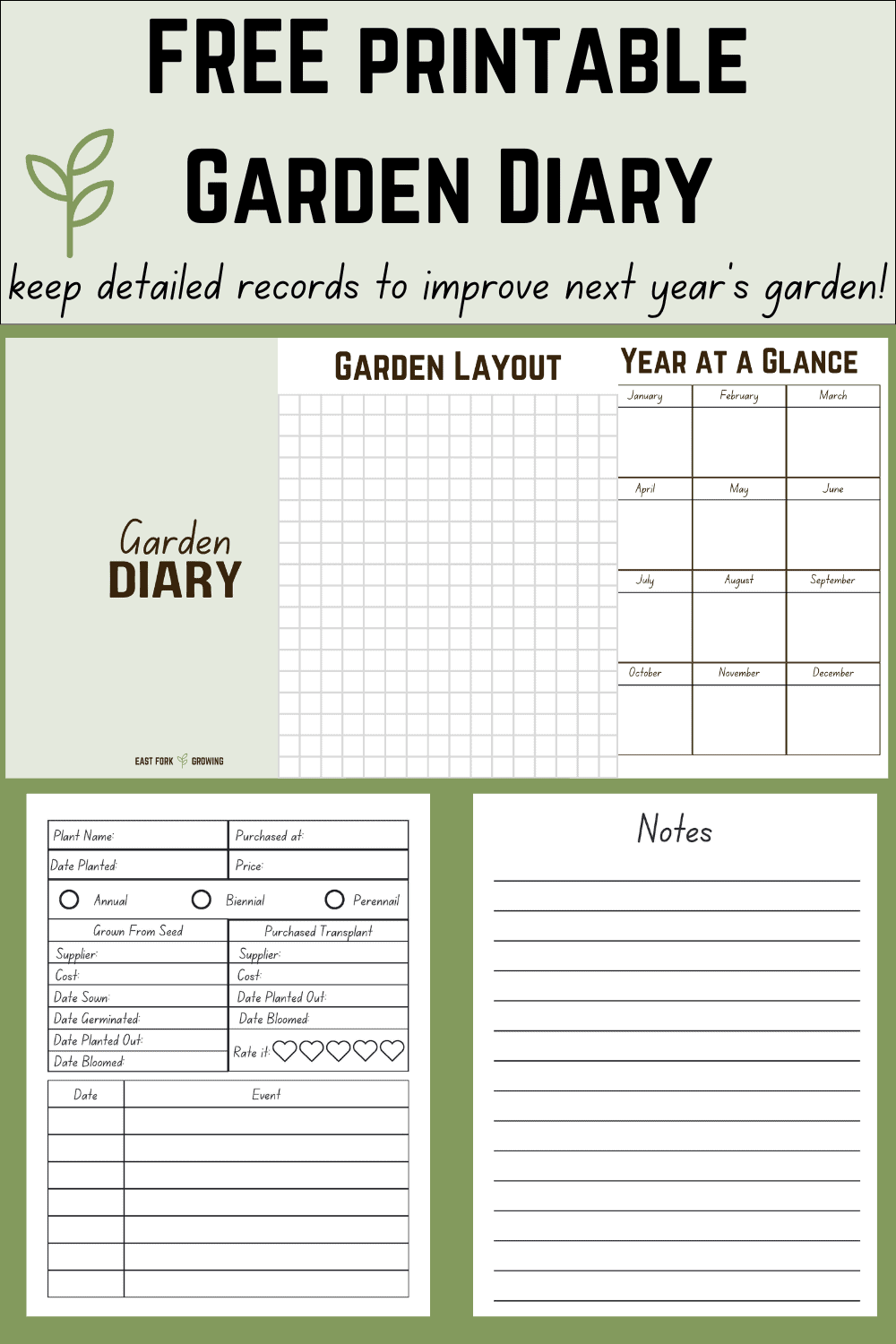
How to Use Your Garden Journal Effectively
Having a beautifully designed garden journal template is only the first step; the real magic happens when you consistently use it. The key to unlocking its full potential lies in establishing a routine and making your journal an integral part of your gardening practice. Think of it not as a chore, but as an exciting opportunity to deepen your understanding and connection with your green space.
Consistency truly is paramount. Try to make short entries every few days, or at least once a week during peak growing season. Even a quick note about the weather, a new sprout, or a pest sighting is more valuable than trying to remember everything weeks later. Don’t feel pressured to write lengthy essays; bullet points and brief observations are perfectly sufficient. The goal is to capture timely information that reflects the current state of your garden.
Periodically review your journal. At the end of a growing season, or even mid-season, take some time to flip through your entries. What patterns emerge? Which crops performed well, and which struggled? Were there specific weather events that had a significant impact? This reflective practice allows you to evaluate your strategies, celebrate your successes, and identify areas for improvement. It’s an invaluable tool for planning the next season, helping you avoid past mistakes and replicate winning formulas.
- Set aside dedicated time each week for entries.
- Be observant and detailed, but also concise.
- Review your notes regularly, especially seasonally.
- Don’t be afraid to sketch or add photos for visual context.
- Customize your template to fit your unique gardening needs.
- Keep it accessible, perhaps near your gardening tools.
Finally, don’t be afraid to personalize your template. While a structured format provides an excellent starting point, your garden journal is ultimately for you. Add sketches of your garden layout, paste in seed packets, or include photos of your prize-winning tomatoes. The more personal and engaging you make it, the more likely you are to use it consistently and benefit from its insights. Over years, your journal will become an invaluable archive, a testament to your hard work, and a guide for endless future gardening adventures.
Starting a garden journal is one of the most rewarding steps you can take to enhance your gardening journey. It transforms casual observations into valuable data, helping you to understand your plants, soil, and local climate on a deeper level. With each entry, you’re not just recording history; you’re actively building a foundation for future success, allowing you to cultivate more knowledge along with your beautiful blooms and delicious harvests.
Embrace the process, let your curiosity guide you, and watch as your gardening skills flourish. A thoughtful journal will empower you to become a more confident and effective gardener, ensuring that every season brings new insights and even greater joy from the earth you tend.
